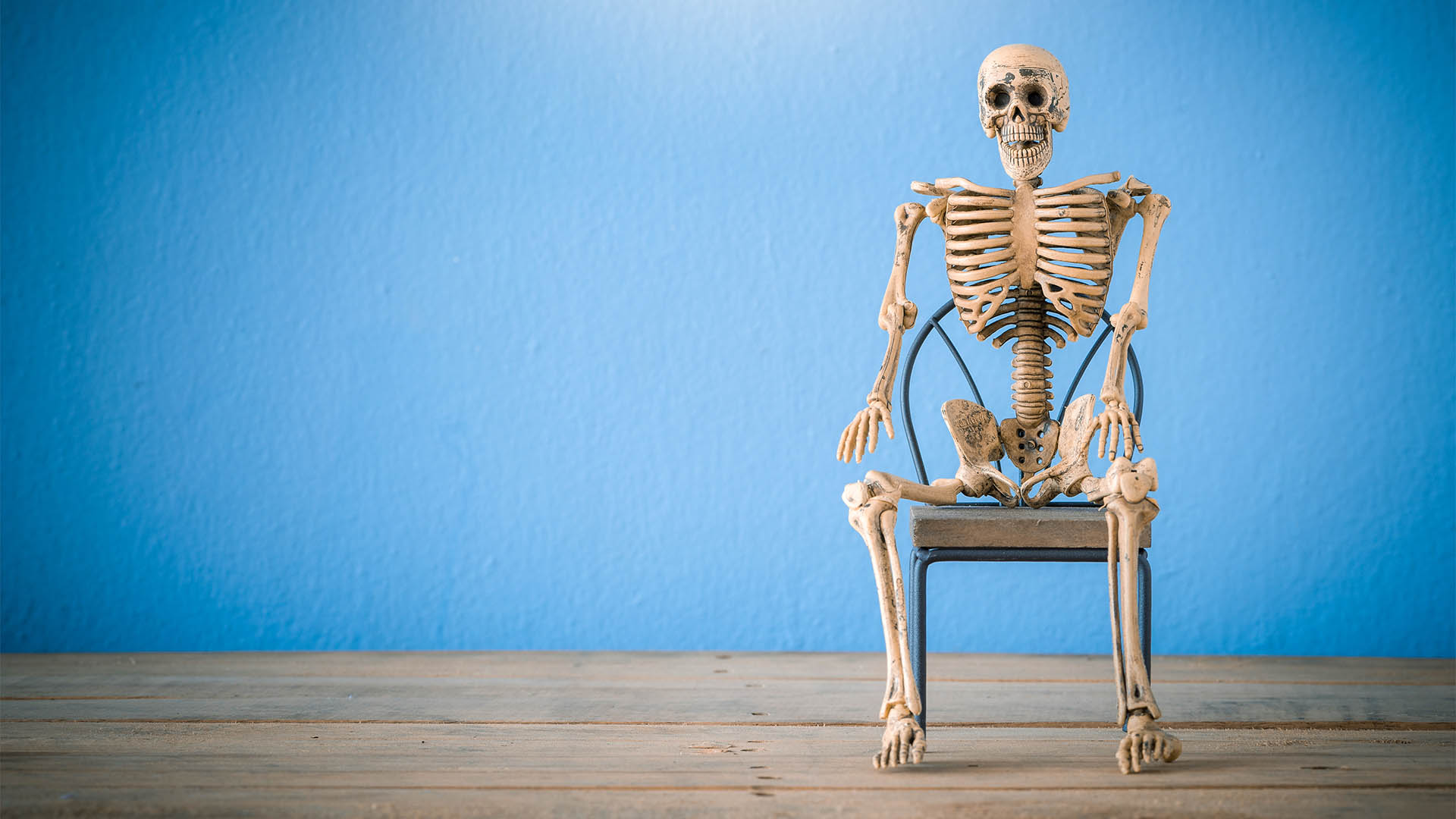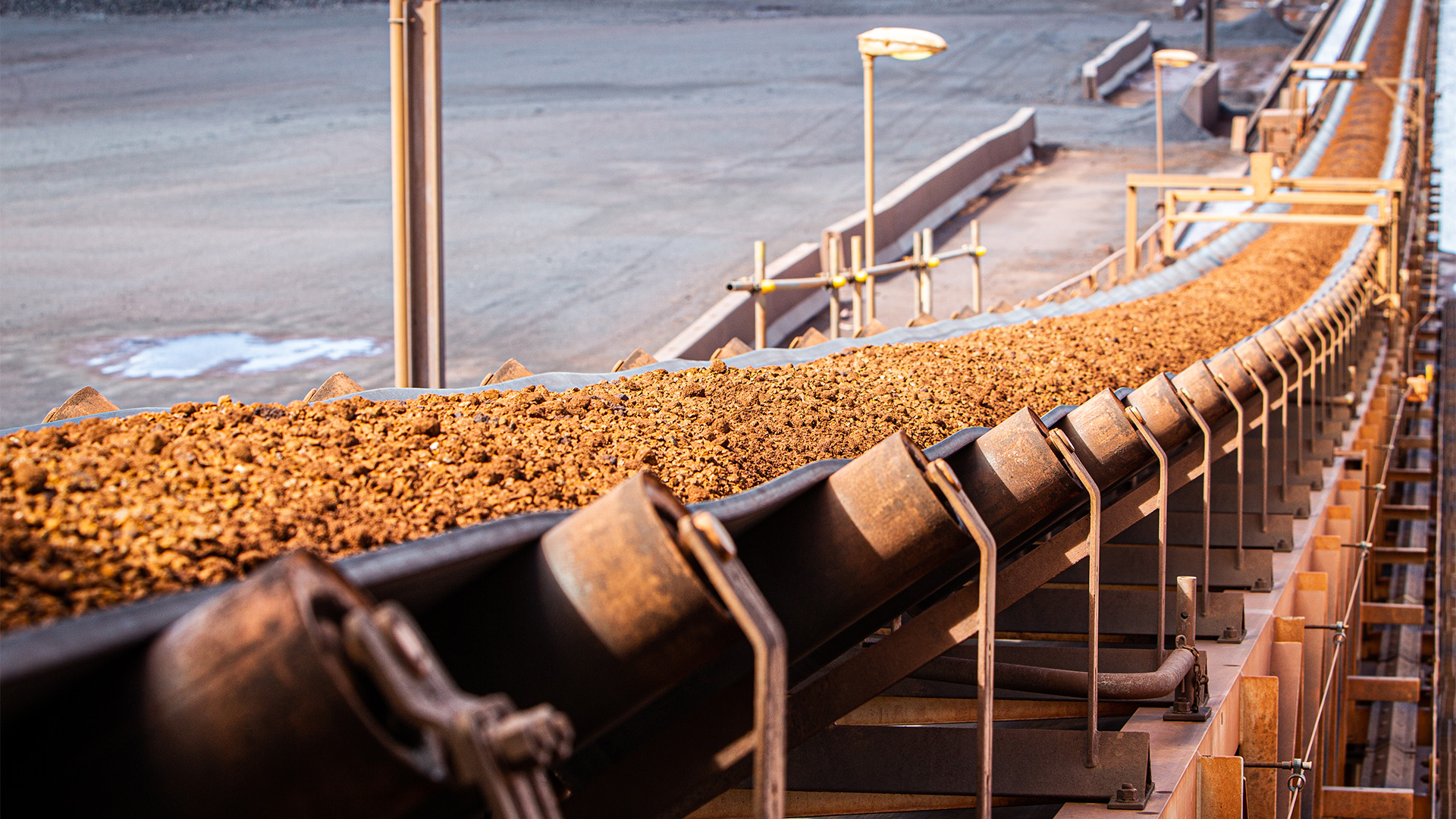As expected the Covid Delta-driven lockdowns in much of Australia took their toll on the labour market in August, cutting hours worked and the number of people employed by 146,300.
The unemployment rate eased to 4.5% from 4.6% but is no guide whatsoever as that reflected the continuing drop in the participation rate and not any improvement in the health of the labour market.
The jobless rate was the lowest jobless rate since November 2008 (as the GFC triggered a massive recession) and the grim reality is that there was a mass exodus from the jobs market in late July and then into August while hundreds of thousands of people worked zero hours.
The underemployment rate jumped a full percentage point to 9.3% while the number of hours worked fell 66 million.
The ABS said that 248,900 people worked zero hours for economic reasons, up 68,400 on July and the highest number since May 2020 (in the depths of last year’s recession).
Another 371,300 people reported zero working hours for “other reasons”, which was up 164,500 from July. This does not include people on annual leave.
Australian Bureau of Statistics (ABS) head of labour statistics Bjorn Jarvis said the latest data covered the first two weeks of August, which included the continued lockdown in New South Wales, new lockdowns in Victoria, Queensland and the Australian Capital Territory, and a series of changes in restrictions in other parts of the country.
“Labour market changes in New South Wales continued to have a large influence on the national employment and hours worked figures. In August, there were big falls in New South Wales in both employment (-173,000) and hours worked (-6.5 per cent).”
“The large falls in employment and hours in New South Wales in August followed falls in July (37,000 and 7.0 per cent), with employment and hours down by 210,000 people and 13.0 per cent since the beginning of the lockdown in late June.”
Other states and territories that were in lockdown for part of the first two weeks of August also recorded large falls in hours worked, including Victoria (down 3.4%), Queensland (down 5.3%) and the ACT (a fall of 2.5%).
The national participation rate fell by 0.8 percentage points to 65.2 per cent, following a 0.2 percentage point fall in July. This was underpinned by a large drop in the New South Wales participation rate, down 2.5 percentage points, following a 1.0 percentage point fall in the previous month.
“Throughout the pandemic we have seen large falls in participation during lockdowns — a pattern repeated over the past few months. Beyond people losing their jobs, we have seen unemployed people drop out of the labour force, given how difficult it is to actively look for work and be available for work during lockdowns.
Nationally, hours worked decreased by 3.7% in August, considerably more than the 1.1% fall in employment. The ABS said this highlighted the extent to which people who experienced new or continuing lockdowns had reduced hours or no work, without necessarily losing their jobs.
“Hours worked data continues to provide the best indicator of the extent of labour market impacts and recovery from lockdowns,” Mr Jarvis said.
“It shows that hours in New South Wales fell sharply over the lockdown, down by 13.0 per cent between June and August. The data for Victoria also shows how quickly hours can recover, coming out of a lockdown.”
AMP Chief Economist, Shane Oliver said in a note on Thursday afternoon that it would be wrong to read much into the further decline in the unemployment rate.
“Adjusting the unemployment rate for the fall in participation and a rise in those working zero hours suggests that effective unemployment rate has increased from a low of 4.5% in May, to 5.3% in July and to now 6.8%. (Last year effective unemployment peaked at around 15%.)
“Going forward we expect the full impact on employment of the Victorian lockdown and more weakness in NSW (as more workers go beyond being stood down for 4 weeks and so are no longer defined as employed by the ABS) to result in the loss of around another 150,000 jobs and another sharp fall in hours worked in September.
“Given the plunge in participation with the potential for more to come it’s possible that unemployment may not rise much from here,” Dr Oliver wrote.
There was nothing in the employment data that would change the mind of the Reserve Bank except to maintain its current accommodative policy stance of low rates for as long as possible and more bond buying each week.
The jobs data confirmed the belief that this quarter will see a big slide in growth.
…………
But it was a different story across the Tasman, with the NZ economy growing strongly in the three months to June and easily topping Australia.
The June quarter saw the Kiwi economy grow 2.8% in the June quarter, more than double market forecasts of 1.3% and also double the 1.4% rate in the March quarter.
Economists say that barring a worsening of the current Covid Delta driven lockdown in and around Auckland, the gDP outperformance will see the Reserve Bank of ZZ lift rates on October 6 and again in December.
The central bank delayed raising rates last month after the country was put into a snap COVID-19 lockdown, but said a hike was still on the cards.
The Aussie economy grew by just 0.7% in the three months to June, to be up 1.4%.
Statistics NZ said June 2021 quarter GDP was 4.3% higher when compared with the December 2019 quarter, the quarter immediately before the country’s first COVID-19 cases and the introduction of associated restrictions.
NZ’s latest lockdowns started on August 17 and continue.
This will have a negative impact on September quarter growth, but seeing parts of the country remain out of lockdown, the strong underlying growth seen in the June quarter could keep NZ out of a contraction in the three months to September.













